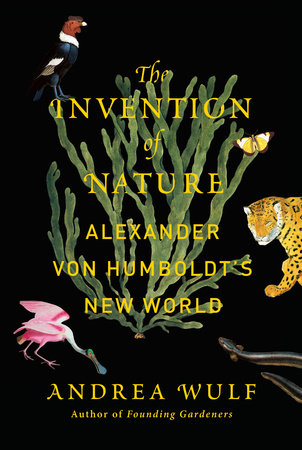 Andrea Wulf’s The Invention of Nature tells the forgotten story of Alexander von Humboldt of Prussia (1769-1859). Some of our counties, cities, rivers, lakes and mountains are even named after Humboldt.
Andrea Wulf’s The Invention of Nature tells the forgotten story of Alexander von Humboldt of Prussia (1769-1859). Some of our counties, cities, rivers, lakes and mountains are even named after Humboldt.
Alexander von Humboldt was an energetic learner, a bold adventurer of the natural world and the most famous scientist of his age. Through study and courageous expeditions through the Americas and Russia, Humboldt discovered the relationship between vegetation zones and climate zones by examining the similarities between plants on different continents.
Through his travels, Humboldt also became the first to predict and discuss climate change. Many North American settlers argued that every virgin tree that was cut down improved the air quality and increased the winds that blew across the continent. Other outspoken settlers believed that the wilderness was actually “deformed” as a cesspool of decaying leaf matter, parasites, and venomous insects. Humboldt was the first to see the larger picture of nature, to see how all of the parts worked together.
Humboldt reported how deforestation through mining and farming in America and Europe caused springs to dry up entirely or rivers to rage out of control causing erosion. He saw another upset in the balance of natural environment when Spanish monks harvested turtles eggs without leaving hardly any for the next generation. It’s no wonder Humboldt is regarded by many as the father of environmentalism.
Wulf’s story of Alexander von Humboldt is a page-turning read. She brings Humboldt to life through his relationships with familiar figures like Henry David Thoreau, John Muir, Thomas Jefferson, Charles Darwin, Johann Wolfgang von Goethe, and Simón Bolívar. Through her sensitive and passionate eye for detail and her gift of story, Wulf makes Humboldt’s scientific contributions vibrant and appealing to a broad range of readers.


Comments are closed.